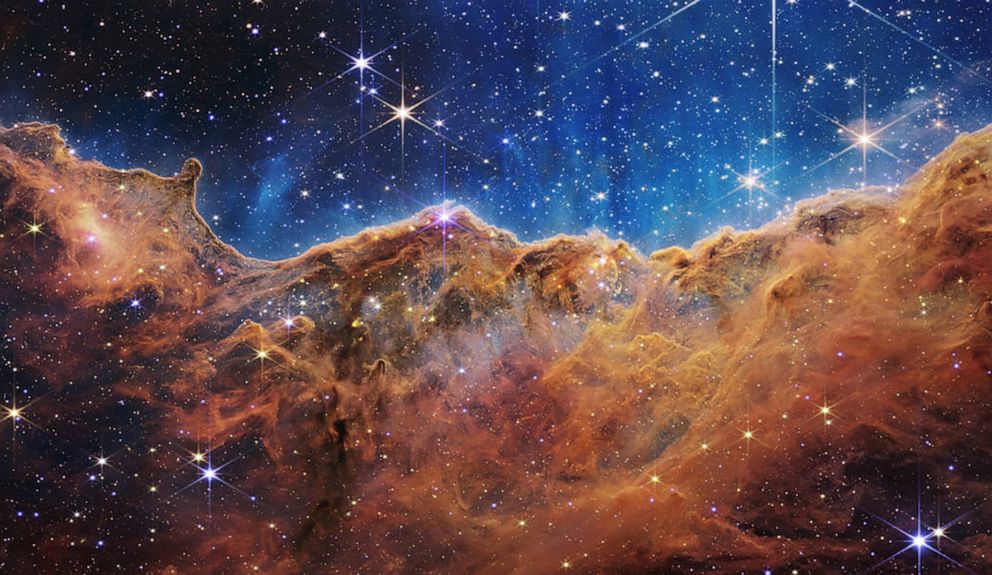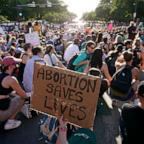Scientists explain image of dying star
NASA scientists revealed more details about the image of the Southern Ring Nebula taken by the James Webb Space Telescope.
The image shows a planetary nebula, or a cloud of gas that encircles a dying star.
During a press conference Tuesday, Klaus Pontoppidan, one of the telescope's project scientists, explained why the image is important.
"It's not just any star, it's a star much like the sun, or like the sun will be in 5 billion years when the sun dies," he said.
Pontoppidian said the star is pushing out its outer layers, including carbon and oxygen, which helps create other cosmic objects.
"There's a life cycle of stars," he added. "This is the end of this star, but it's the beginning of other stars and planetary systems."





